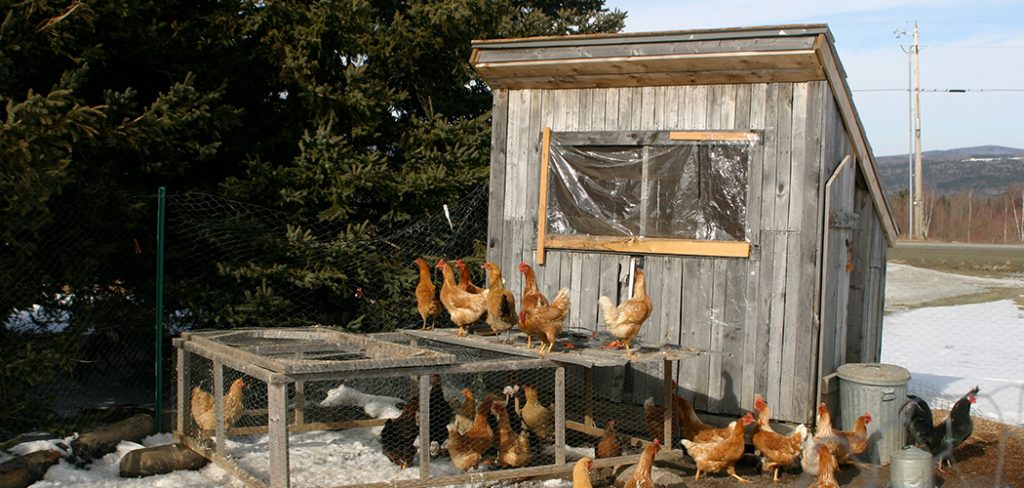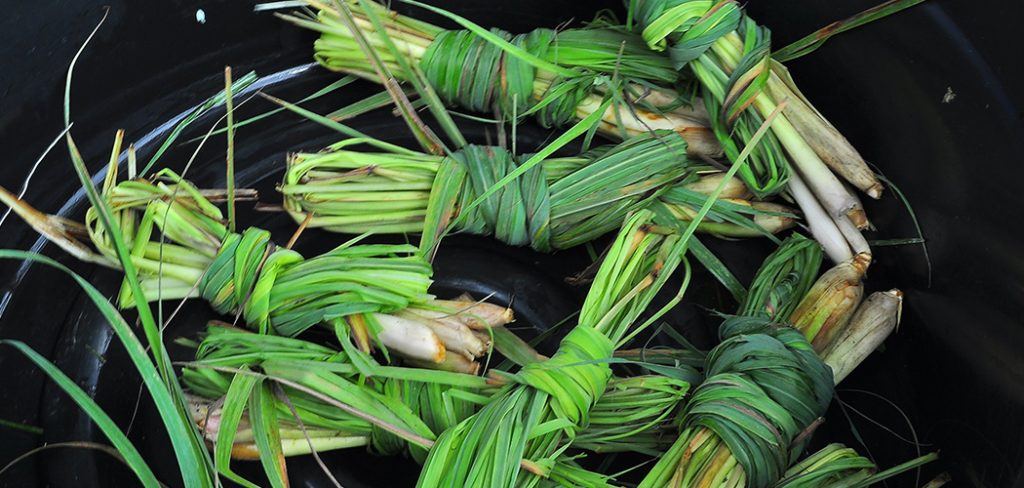How to raise caterpillars? Caterpillars are the foundation to bright colored butterflies that make for a beautiful addition to any garden. It can usually be found feeding on particular green plants, and are usually colored green themselves. Caterpillars are tiny insects. But they can really pack a punch when it comes to the amount of food each caterpillar eats. Their bodies are soft, and like most insects, they only have three body parts.
For those who want to get into the business of owning butterflies or selling them. You might wonder how to raise caterpillars. First off, caterpillars are considered to be herbivorous animals, which means that their diet consists mainly of plants. However, because they eat plants as part of their diet. They can also become pests for those who value the greenery in any one area. Raising caterpillars requires acquiring knowledge of how they grow into butterflies, and how to raise them indoors.
1. Caterpillar to butterfly
The cycle of animals is a sight to behold. They can grow into different kinds of shapes and sizes, especially butterflies. Who are known to be entirely different in look and beauty as compared to their original state as caterpillars. The process by which a caterpillar transforms into a butterfly is known as metamorphosis. The caterpillar to butterfly phenomenon is one of the most observed processes in nature. Since the transformation that occurs between this one type of species of animal is truly unique and beautiful. Other insects that also have types of metamorphosis are the grasshoppers, crickets, dragonflies, and cockroaches.
For the caterpillar to butterfly process, there are four stages in particular. The first stage involves the egg. For the birth of caterpillars, it begins with the laying of their eggs by the adult female butterfly on a leaf or plant which eventually hatches into caterpillars. The eggs are laid on leaves and plants since this is the main food or staple for caterpillars. These eggs are usually laid during the seasons of summer or fall, and are usually laid in batches. Thus, any number of caterpillars may hatch from the eggs that are placed by the female butterfly on plants or leaves.
After the eggs hatch, the next stage the occurs it eh larva. The caterpillar forms into the insect that is a familiar sight to most. At this stage, the caterpillar eats a ton amount of food on the plant or leaf that it is found in. It ends up shedding its skin for four to five times. Because of the amount of food they eat. They can tend to grow to large sizes as compared to when they first hatched. This prepares them for the third stage in the metamorphosis process, which is the transition stage.
Transition stage.
In the transition stage, the caterpillar has become fully grown and transforms into a pupa. The pupa usually suspends under branches or leaves from where it usually eats. Once this is done, they later turn into butterflies that hatch from the web enclosing the pupa. These butterflies have large, beautiful wings that are known for their multi-colored form. They look very different from their counterpart caterpillars, and can fly to and from leaves of plants.
Read my other article on raising a monarch caterpillar.
2. What do caterpillars eat
For those who want to raise their own butterflies and caterpillars, a common question would be what do caterpillars eat? Since eating is an important process from caterpillar to butterfly, it is important to know the answer to this question. Since caterpillars are herbivorous, they usually feed on the nutrients of plants and leaves of plants. Sometimes, caterpillars are also known to eat other caterpillars, though the more common ones only eat plants. It is important to provide the caterpillar with the right amount of food to avoid them feasting on other plants that you want to keep safe. Because they can eat a lot of food in any given time, they can quickly turn into pests on your own garden if you do not take the necessary precautions.
3. How to raise a caterpillar indoors
If you’re just starting out with taking up the activity of raising a caterpillar, you would want to know how to raise a caterpillar indoors. Raising animals indoors has its benefits, since you will always be available to watch them and take care of them. It is also easier to monitor, and easier to control the temperature and atmosphere surrounding the animal.
For caterpillars, raising them indoors means that they should still have enough food and space to grow. Since they are not entirely huge animals, they only need enough space to eat and transform into butterflies. Constant monitoring should also be done if you do not want them eating all of the leaves of a particular plant. However, you can also opt to keep them in an enclosed space with good ventilation, especially if you want to control the amount of food they eat. Raising caterpillars indoors is definitely possible given the right mind set and capabilities. These are relatively harmless creatures to humans, and they can turn into a beautiful sight once they grown into butterflies. Thus, learning how to raise a caterpillar indoors is entirely possible.
Conclusion
Caterpillars are one of the most interesting animals to raise, not only because of their shape and make but also because of the process that they undergo when transforming into butterflies. Said process is known as metamorphosis, and occurs over a number of phases. Learning how to raise caterpillars is an interesting set of skills and knowledge that can be acquired by anyone with an interest is learning their ways.
Caterpillars are generally herbivorous creatures that feed on the green leaves and plants that grow in your garden. However, despite being tiny creatures, they have a big appetite. This allows them to grow and transform into beautiful butterflies that most people are fond of because of the many colors that they exhibit. Thus, caterpillars can be an interesting species to learn about, especially since they are not as difficult to take care of given their small size. All it requires is patience and a willingness to learn.
Interested in starting a worm farm? Read my article about it.

